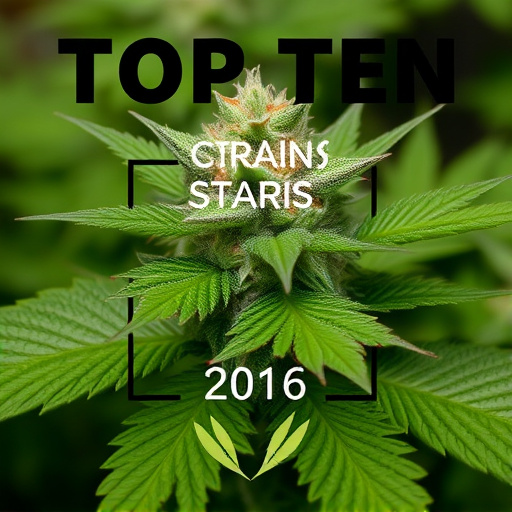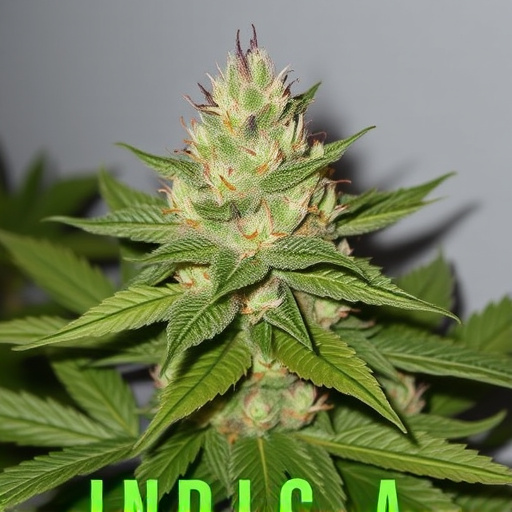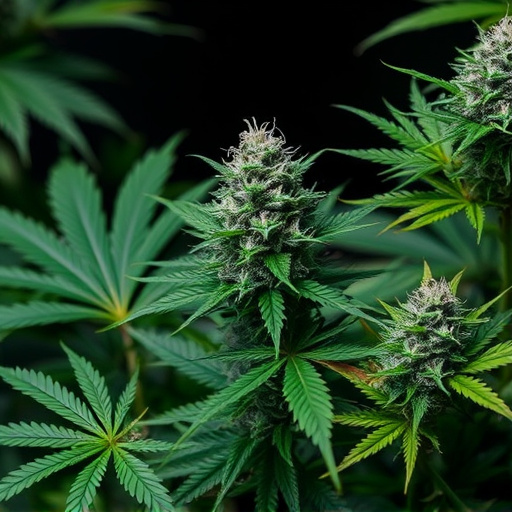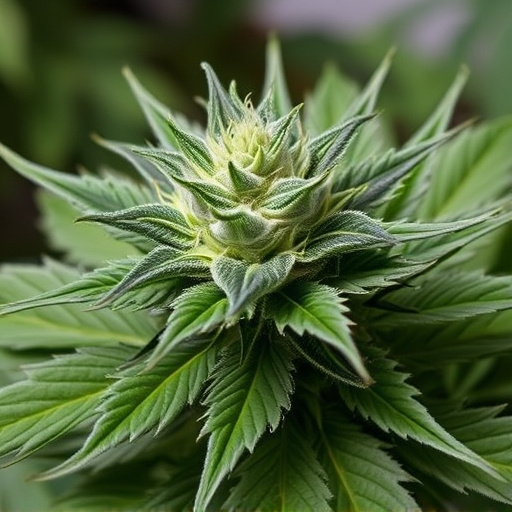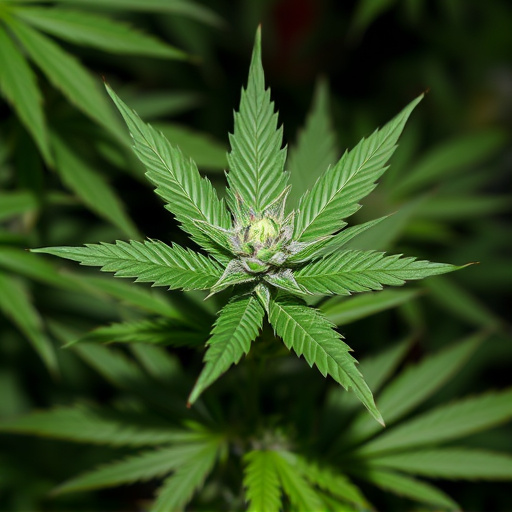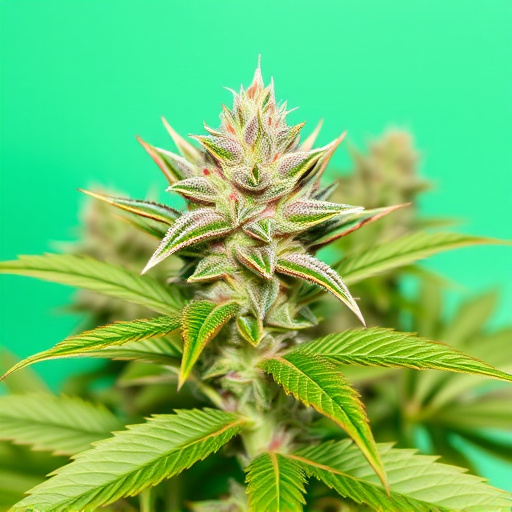Cannabis's effectiveness and safety depend on understanding its key compounds, THC and CBD, and their ratios in various common weed strains. Indica and Sativa strains differ in THC-to-CBD balance, affecting mood and energy levels. Hybrids offer a middle ground. Dosage should be personalized based on tolerance, with newcomers starting low (5-10mg THC) and increasing gradually. Edibles require extra caution due to delayed effects. Responsible cannabis use involves moderation and considering individual sensitivity to strains.
“Unraveling the safe dosage of cannabis is a complex journey, given its diverse compounds and varying effects. This article aims to demystify the topic by delving into the world of cannabis chemistry and its impact on users. We explore how different strains, known for their unique profiles, offer distinct experiences and potential risks. Furthermore, we emphasize individual variations, highlighting the importance of responsible usage guidelines for ensuring a safe and informed approach to cannabis consumption, especially when considering the ever-popular common weed strains.”
- Understanding Cannabis Compounds and Their Effects
- Exploring Safe Dosage Limits Across Common Weed Strains
- Individual Variations and Responsible Usage Guidelines
Understanding Cannabis Compounds and Their Effects
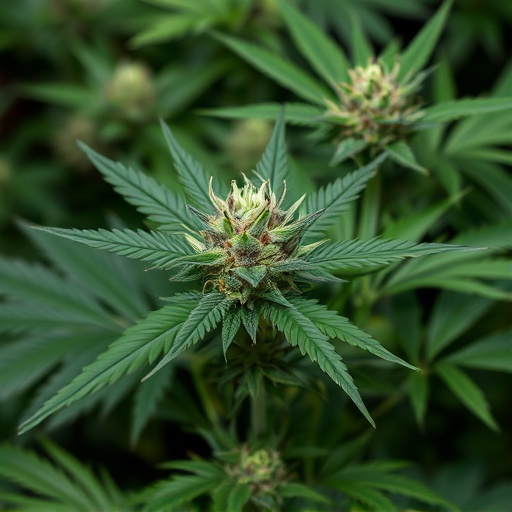
Cannabis is a complex plant containing numerous compounds, with tetrahydrocannabinol (THC) and cannabidiol (CBD) being the most well-known. These compounds interact with our bodies’ endocannabinoid system, influencing various functions such as mood, memory, appetite, and pain perception. THC is responsible for the plant’s psychoactive effects, inducing feelings of euphoria and relaxation but also potentially causing anxiety or paranoia in some users. In contrast, CBD does not produce a “high” and has gained popularity for its potential therapeutic benefits, including reducing inflammation and alleviating chronic pain.
The effects of cannabis can vary widely depending on the specific strain, concentration of cannabinoids, and individual tolerance and sensitivity. Common weed strains known for their high THC content may provide potent recreational experiences but also carry a higher risk of adverse effects. On the other hand, CBD-rich strains are increasingly sought after for their potential medicinal benefits without the psychotropic side effects. Understanding these compounds and their interactions is crucial when considering cannabis consumption, especially to determine safe dosage limits and make informed decisions regarding its use.
Exploring Safe Dosage Limits Across Common Weed Strains

When exploring safe dosage limits for cannabis, understanding variations across different common weed strains is essential. Each strain possesses unique chemical profiles, particularly in terms of THC (tetrahydrocannabinol) and CBD (cannabidiol) ratios. These compounds significantly influence the plant’s effects on the body and mind, with THC primarily responsible for the intoxicating high while CBD offers potential therapeutic benefits without psychoactive properties.
Varieties like Indica are renowned for their calming, relaxing effects due to higher CBD content and lower THC levels, making them suitable for evening use. Sativa strains, on the other hand, are known for their uplifting and energizing qualities, often preferred during daytime use, thanks to higher THC concentrations. Hybrid strains offer a balance of both, catering to diverse user preferences. Safe dosage limits vary based on these differences, with considerations for individual tolerance, desired effects, and potential health conditions.
Individual Variations and Responsible Usage Guidelines
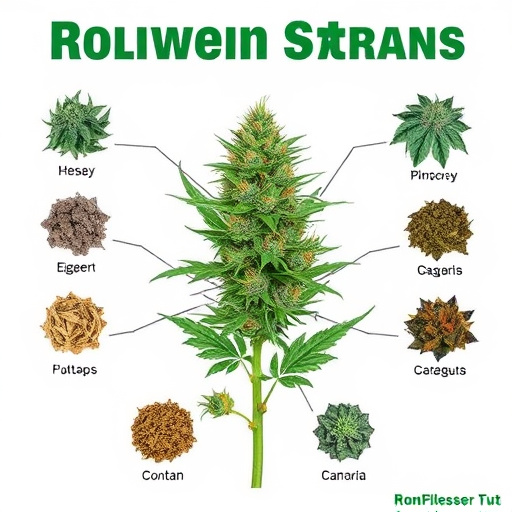
Cannabis consumption varies greatly from person to person, and what works for one individual may not have the same effect on another. This is largely due to differences in metabolism, tolerance, and personal sensitivity. For instance, someone who is new to cannabis might experience stronger effects with even a small dose, while regular users of common weed strains may require higher amounts to achieve desired results.
To ensure responsible usage, it’s crucial to start with low doses and gradually increase as needed. This approach allows individuals to gauge their personal tolerance and avoid potential adverse effects. Guidelines often recommend starting with 5-10 milligrams of THC (the primary psychoactive compound) and adjusting based on the user’s comfort level. Additionally, consuming cannabis in edible forms requires extra caution due to its longer activation time, making it easier to overdose. Always prioritizing safety and moderation when engaging with any substance, including common weed strains.
While there’s no one-size-fits-all approach to cannabis dosage, understanding the effects of different compounds and considering individual variations is crucial for safe usage. Exploring the unique profiles of common weed strains can help users make informed decisions. By adhering to responsible usage guidelines, individuals can navigate the potential benefits while minimizing risks associated with cannabis consumption.
